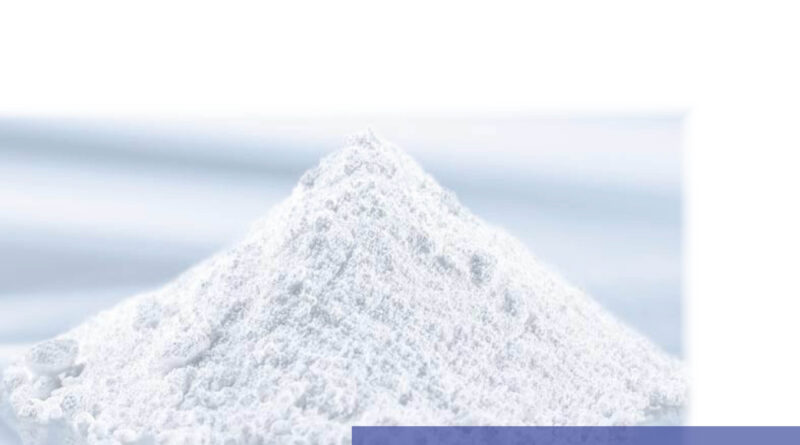Global market for fillers forecast with growth rate of 3.6 percent
Konstanz, Germany – Innovative high-tech fillers can give materials amazing properties: Glass panes that become cloudy when exposed to sunlight and provide shade, 3D-printed components without heat distortion or, for example, paints that store light and emit it in the dark. The classic fillers remain indispensable for numerous industries, whether as powders, fibers or small spheres: Demand for natural calcium carbonate (GCC), precipitated calcium carbonate (PCC), kaolin, talc, wollastonite, mica, carbon black and other fillers is expected to increase to almost 89 million tons by 2032. The latest, seventh edition of the Ceresana study on the global market for fillers expects average revenue growth of 3.6% per year.
There would be no rubber and no car tires without carbon black or other additives: Elastomers are the largest application area for fillers, accounting for around 28% of global demand. For plastics, the second largest application, the current Ceresana market report expects demand for fillers to increase by 2.5% per year. Highly filled compounds with customized properties are increasingly being manufactured. Insoluble additives make engineering plastics particularly suitable for demanding applications: Mineral fillers help make cars lighter, bioplastics more durable and wind turbines and solar systems more weatherproof. Fillers not only increase the volume of materials and reduce their costs – they also make it possible to specifically change the properties of materials. Mica, for example, is used for heat-resistant coatings; ground feldspar is used as an anti-blocking agent in packaging films; fine graphite powder reduces the friction of plastic surfaces. Other functional fillers improve flame retardancy, thermal conductivity or electrical insulation, for example. Paper becomes opaque, white and smooth thanks to fillers.
The Stone Age is far from over, as lime is by far the most widely used filler: Natural calcium carbonate (ground calcium carbonate, GCC) has a market share of around 34%. Ceresana forecasts further growth of 2.6% per year for GCC until 2032. GCC is mainly used for plastics, paints, varnishes and paper. Precipitated calcium carbonate (PCC) has many properties identical to GCC and is used primarily for paper production, as well as paints and varnishes. After these lime products, industrially produced carbon black is one of the world’s best-selling fillers: Around 13.7 million tonnes of carbon black are currently used every year, primarily to reinforce tires and other rubber and caoutchouc products. In Asia, manufacturers of elastomer products purchase more than 33% of all fillers. In Western Europe, this figure is only 18%. The paper industry, on the other hand, accounts for 30% of total filler consumption in Western Europe. The regional and country-specific characteristics of the demand for fillers are analyzed in detail for different application areas in the new market report by Ceresana.

